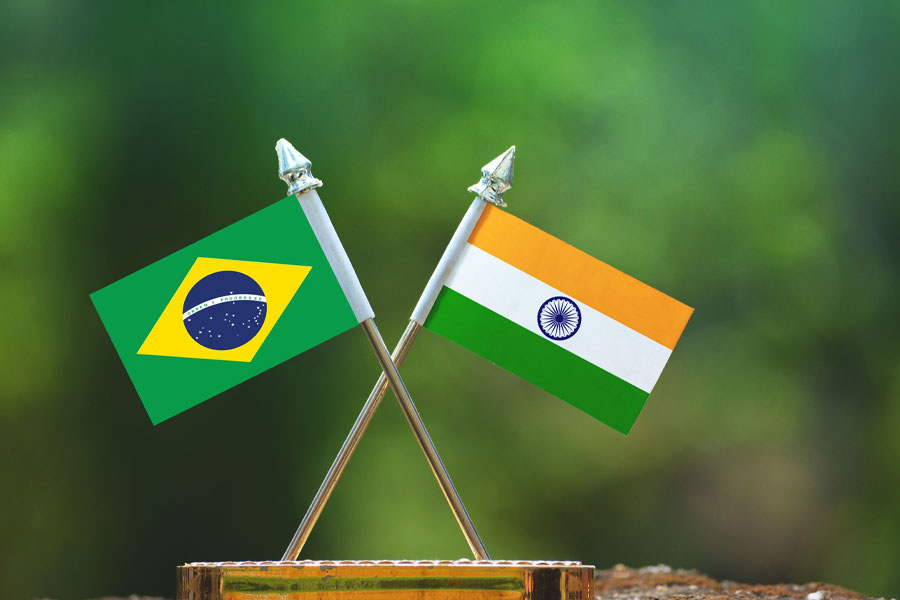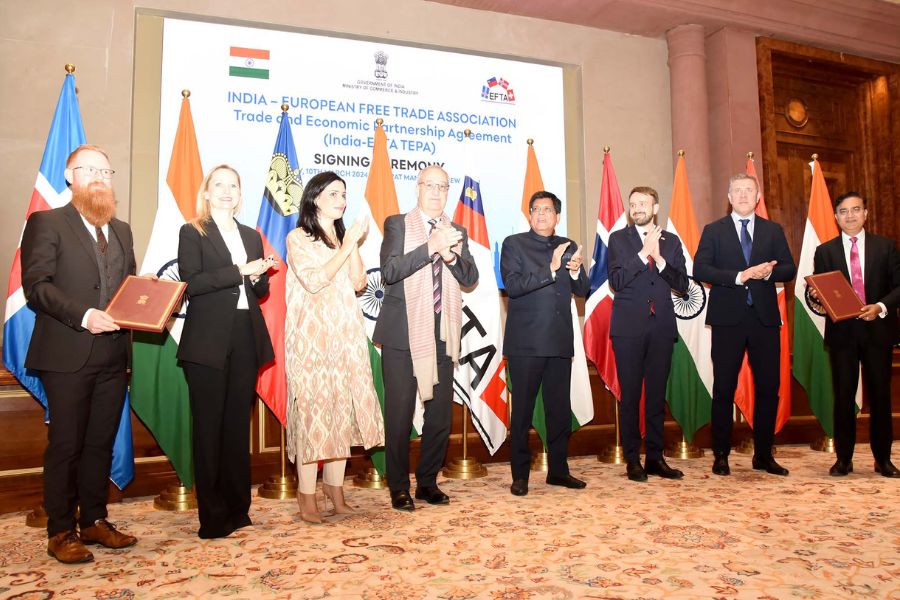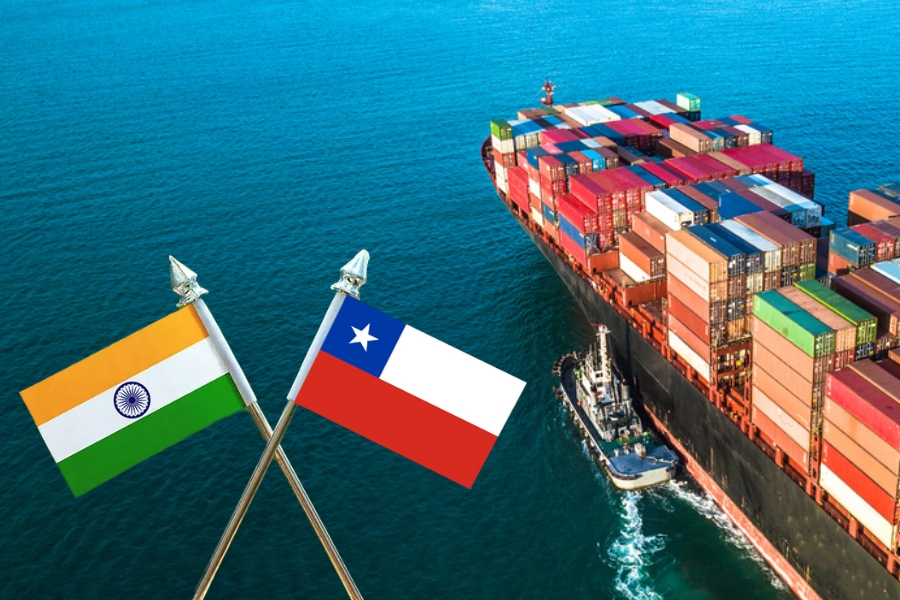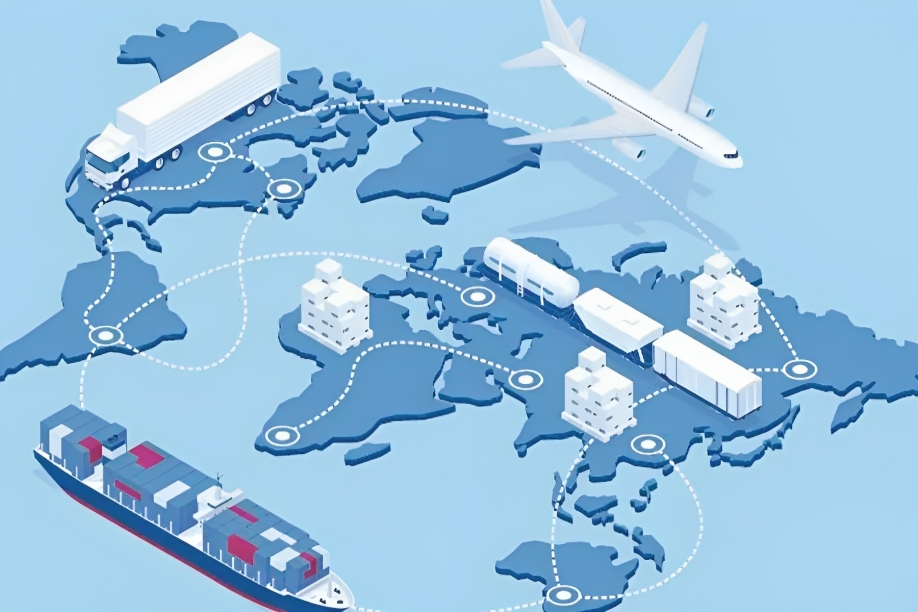Country Profile: Canada
• The Canadian economy is projected to grow by 2% in 2019. However, growth is expected to slow to below 2% beginning 2020.
• Canada’s exports and imports to the world remained sluggish in last five years merely increasing by 0.1%. Major exporting destinations of Canada are US, China, UK, Japan, Mexico, South Korea, Germany, Netherlands and India.
• The food and drink consumer base in Canada will see consistent growth due to salary hikes. A huge demand exists in the Canadian food and drink market for material inputs and retail products that are ready for consumption.
• India’s exports to Canada in past three years surged at 19% CAGR moving from US$ 1.97 billion to US$ 2.79 billion. On the other hand, imports of India from Canada slightly fell from US$ 3.64 billion to US$ 3.47 billion.

Canada is one of the highly developed economies of the world, standing as the 10th largest economy in terms of nominal GDP and second largest in terms of area. Canada closely reflects the US in its market-oriented economic system, framework of production, and high standards of living. Leading sectors include automotive and other manufactures, forest products, minerals, and petroleum.
The government is emphasising on trade diversification, export promotion, and support for small businesses and domestic industries affected by protectionism. It has also maintained an expansionary fiscal policy, and business investment has grown. Gradual monetary tightening by the Central Bank, however, has kept inflation contained. Canada’s economic competitiveness has been sustained by the solid institutional foundations of an open-market system and a high degree of regulatory efficiency. Also, Canada’s economic freedom score is 77.7, making its economy the 8th freest in the 2019 Index.
The Canadian economy is projected to grow by 2% in 2019. However, growth is expected to slow to below 2% beginning in 2020. The economy has been driven by robust household spending in recent years. The current weakness is largely a result of low investments in mining. Business investment is expected to post solid growth as the new US-Mexico-Canada trade deal (USMCA) lowers uncertainty and businesses respond to high levels of capacity utilisation. The economy has operated below full capacity over the last several years. However, it is projected to reach full capacity in 2020. After that, economic growth will be limited to an average of 1.8%.
Canada has the fourth highest total estimated value of natural resources, valued at US$ 33.2 trillion. It has the world’s third largest proven petroleum reserves and is the fourth largest exporter of petroleum. It is also the fourth largest exporter of natural gas.
Macroeconomic indicators of Canada
| GDP of Canada at nominal prices | US$ 1.73 trillion |
| GDP at PPP | US$ 1.9 trillion |
| Expected GDP growth rate | 2% |
| GDP per capita at Nominal Price and PPP | US$ 46,213 & US$ 50,725 |
| GDP rank at Nominal Price and PPP | 10th and 17th |
| Inflation | 2.2% |
| Unemployment | 5.7% |
| Ease of doing business ranking | 22 |
| Contribution of agriculture, industry and services in GDP | 1.6%, 28.2% & 70.2% respectively |
| Credit Rating | AAA |
| Population | 37 million |
Source: ITC Trade Map, 2019
Canada’s exports and imports to the world remained sluggish in last five years, merely increasing by 0.1%. Major export destinations of Canada are US, China, UK, Japan, Mexico, South Korea, Germany, Netherlands and India. Observing source countries of Canadian imports, major economies includes US, China, Mexico, Germany, Japan and South Korea.
Major products exported and imported by Canada
| Exports | Values in US$ billion | Imports | Values in US$ billion |
| Total | 450.75 | Total | 459.89 |
| Mineral fuels | 99.30 | Automobiles and auxiliary products | 75.45 |
| Automobiles and auxiliary products | 60.51 | Machinery and mechanical appliances | 68.90 |
| Machinery and mechanical appliances | 34.48 | Electrical machineries | 44.85 |
| Gems and jewelry | 20.42 | Mineral fuels | 36.81 |
| Wood and wood products | 18.32 | Plastics and plastic products | 17.02 |
| Plastics | 14.26 | Optical and medical instruments | 12.59 |
| Electrical machineries | 13.62 | Pharmaceuticals | 12.51 |
Source: ITC Trade Map
Canada F&B Focus
Canada is geographically vast and demographically diverse. This results in a complex market that makes it imperative for exporters to understand their target group thoroughly and devise the appropriate market specific strategy. The food and drink consumer base in Canada will see consistent growth due to salary hikes. A huge demand exists in the Canadian food and drink market for material inputs and retail products that are ready for consumption.
Consumption trends are influenced by the diversity in consumer profiles in this famed ‘land of immigrants’. Canadian consumers are price conscious, tend to opt for cheaper alternatives and favour private labels. Convenience and ease of availability majorly impact the Canadian consumer’s food choices, making the country a potential market for products that save time.
The organic food industry in Canada has tripled since 2006 and consumers are willing to spend more for food that is environment-friendly. For instance, makhana’s demand is growing in Canada and is definitely going to prove a substitute for popcorn. The demand for oily snacks is going to slow down in Canada. Thus, Indian exporters have immense opportunity to grab this potential. Both countries need to work together to iron out export related issues and also quality of F&B products.
CANADA F&B FOCUS
Canada’s imports from world in US$ billion
| HS Code | Product label | Imported value in 2018 |
| TOTAL | All products | 458.94 |
| AGRI | 37.98 | |
| 220421 | Wine of fresh grapes | 1.71 |
| 210690 | Food preparations, n.e.s. | 1.42 |
| 190590 | Bread, pastry, cakes, biscuits | 1.17 |
| 230910 | Dog or cat food, put up for retail sale | 0.69 |
| 90111 | Coffee (excluding roasted and decaffeinated) | 0.62 |
| 180690 | Chocolate and other preparations containing cocoa | 0.57 |
| 220720 | Denatured ethyl alcohol and other spirits of any strength | 0.56 |
| 220300 | Beer made from malt | 0.56 |
| 90121 | Roasted coffee (excluding decaffeinated) | 0.53 |
| 210390 | Preparations for sauces | 0.52 |
| 220299 | Non-alcoholic beverages | 0.52 |
Source: ITC Trade Map, 2019
Canada’s imports from India of F&B products in US$ million
| HS CODE | Product | Value | India’s market share in Canada’s current imports |
| – | Total | 526.25 | 1.55% |
| 30617 | Frozen shrimps and prawns, even smoked | 113.05 | 4% |
| 100630 | Rice | 62.85 | 5.8% |
| 120190 | Soya beans | 45.26 | 8% |
| 130232 | Mucilages and thickeners | 21.54 | 18% |
| 160521 | Shrimps and prawns, prepared or preserved | 20.15 | 2% |
| 230400 | Oilcake and other solid residues | 19.39 | 1.9% |
| 200110 | Cucumbers and gherkins | 12.50 | 1.1% |
| 190590 | Bread, pastry, cakes, biscuits and other bakers wares | 11.57 | 1.5% |
| 120740 | Sesamum seeds | 10.64 | 5% |
| 151530 | Castor oil and fractions | 10.26 | 1% |
Source: ITC Trade Map, 2019
Indian F&B business players need to come up with perennial strategies for branding and promotion if entire population has to be targeted. Just introducing the product and adopting a selling approach won’t help much in attaining significant market share. Without a marketing plan, covering major retail stores in Canada will be daunting. Branding is a must to expand business in Canada. An example is tamarind, which has a huge potential if proper promotion and branding is done.
India-Canada Bilateral Trade
Source: Trade Map
India’s exports to Canada in past three years surged at 19% CAGR moving from US$ 1.97 billion to US$ 2.79 billion. On the other hand, imports of India from Canada slightly plummeted from US$ 3.64 billion to US$ 3.47 billion. Major products which India exports to Canada includes articles of iron and steel, pharmaceuticals, automobiles, crustaceans, articles of jewellery, heterocyclic compounds, rice and bed linen & toilet linens.
Major products imported by India from Canada includes coal, diamond, chemical potassic fertilizers, petroleum oils, dried leguminous, ferrous waste and scrap and chemical wood pulp. Canada and India have longstanding bilateral relations built upon shared traditions of democracy, pluralism and strong interpersonal connections. Canada is home to one of the largest South Asian communities abroad, with approximately 5.6% of Canadian citizens being of Indian heritage. Potential export sectors for India to Canada are as follows:
Products
• Refined cane or beet sugar
• Coffee, not roasted, not decaffeinated.
• Onions and shallots, fresh or chilled.
• Rice, broken.
• T-shirts, singlets
• Motor vehicle parts
• Wooden Furniture
Services
• Education
• Research and Development
• Medical Tourism
• IT and ITES
• Hotels and Restaurants
• Business and Management Consulting Services.
Sectors of commercial interest to Canadian businesses in India include energy security through increased exports of conventional and nuclear energy as well as renewable energy technology, and supplying urban and transportation infrastructure needs through financing, equipment, technology and engineering services. Greater collaboration between Canadian and Indian educational and skilling institutions are drive innovation in sectors such as information and communications technologiesg.
In the services space, Canada is a strong attraction for Indians when it comes to higher education and even skilled jobs. As the US has tightened H-1B visa processes, Indian IT professionals are exploring Canada more actively. In 2017, the Canadian government announced a programme called the Global Skills Strategy, which targets 310,000 new permanent residents in 2018 and 330,000 new residents in 2019. Moreover, the Global Talent Stream (GTS) opportunity offered by Canada is particularly lucrative for professionals with a background in STEM. According to talent firm StackRaft, a number of Indian professionals are making a beeline for Canadian immigration, particularly in financial services, artificial intelligence, healthcare and clean technology. Indians accounted for 36,310 invites out of a total of 86,022 in 2017, which increased by 13% to 41,000 invites in 2018.
At the Ministerial level, Canada and India enjoy a strategic partnership underpinned by Ministerial Dialogues on:
• Foreign policy
• Trade and investment
• Finance
• Energy
At the official level, there are regular working groups that focus on:
• Counter-terrorism
• Security
• Agriculture
• Education
• Science and technology
When it comes to finalizing and inking a trade agreement between India and Canada, the situation looks bleak as negotiations between the two countries have been going on for over a decade. But the good part is that investment by Canadian companies in India has gone up to over US$ 25 billion from US$ 4.5 billion in the last few years.













Leave a comment